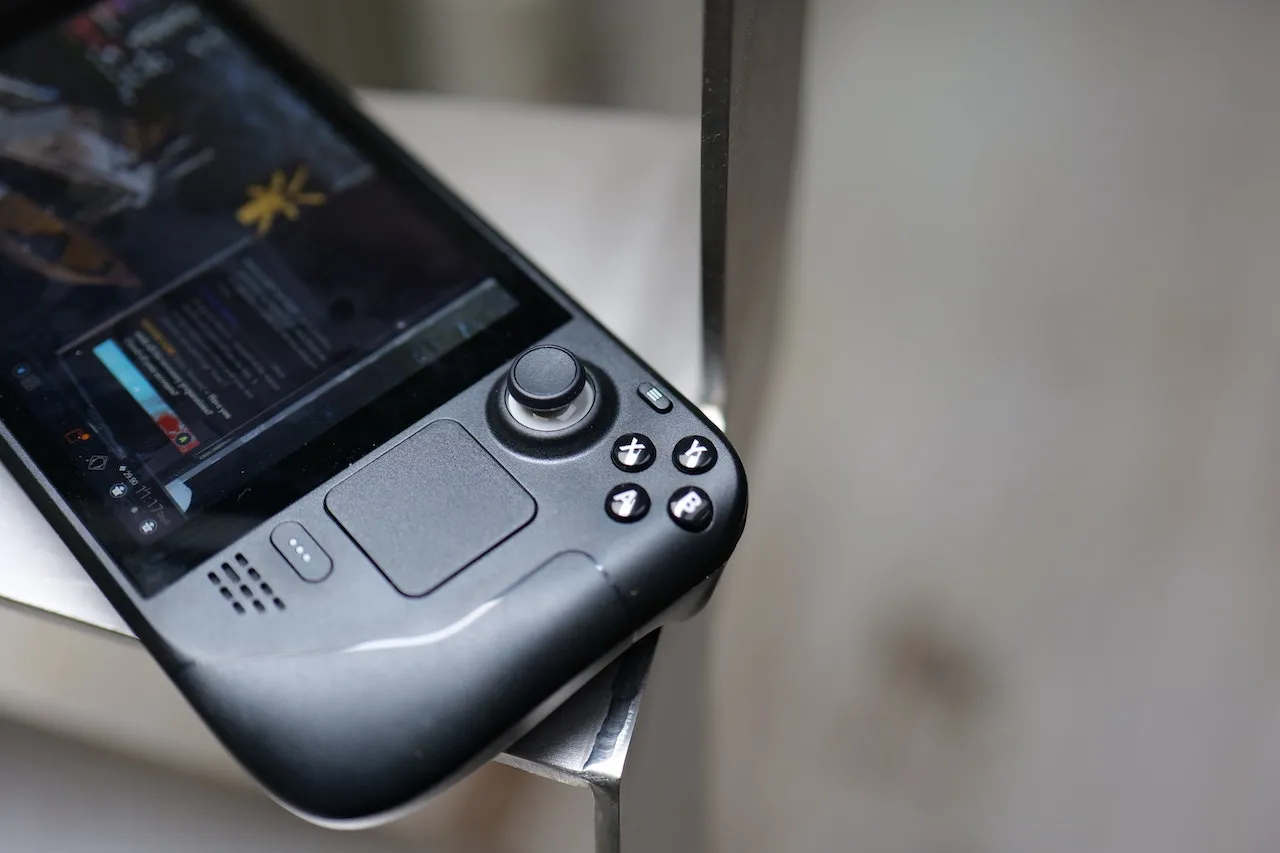
Next-Gen Steam Deck Prioritizes Battery Life and Display Over Performance
The next generation of the Steam Deck won’t be getting a performance boost, according to Valve designers Lawrence Yang and Pierre-Loup Griffais in a recent interview with The Verge. Instead of focusing on raw power, the company is prioritizing improvements to battery life and display technology.
When asked about the key upgrades for the second-generation Steam Deck, both Yang and Griffais emphasized the importance of battery life and display enhancements. They believe these are the areas that will have the most significant impact on the user experience.
“The fact that all Steam Decks can play the same games and we have this one target for users to understand what kind of performance level to expect when you’re playing and for developers to understand what to target… there’s a lot of value in having that one spec,” Griffais explained.
He further stated that Valve intends to maintain the current performance level for the foreseeable future, considering performance upgrades only if there’s a “significant gain” to be had.
 Steam DeckBeyond the next-gen hardware discussion, Yang and Griffais also shared updates on the current Steam Deck model. These improvements include enhanced battery repairability, fan fixes, and plans to open-source SteamOS 3 to third-party manufacturers like Aya, potentially paving the way for new handheld gaming devices and even a resurgence of Steam Machines.
Steam DeckBeyond the next-gen hardware discussion, Yang and Griffais also shared updates on the current Steam Deck model. These improvements include enhanced battery repairability, fan fixes, and plans to open-source SteamOS 3 to third-party manufacturers like Aya, potentially paving the way for new handheld gaming devices and even a resurgence of Steam Machines.
Focus on User Experience and Ecosystem Growth
Griffais highlighted how the Steam Deck’s launch has prompted developers to consider bringing touch-only games to Steam, a previously impractical option for the predominantly mouse-and-keyboard PC gaming market. This shift suggests a growing interest in adapting games for touch interfaces, further enriching the Steam library.
“They’re coming to us and saying, ‘Is this a viable thing to have on Steam? Could we push this?’,” Griffais noted, indicating Valve’s own enthusiasm for this development. However, he acknowledged the need for improvements to the Steam storefront and better ways to inform users about touch-supported titles.
The interview also touched upon the future of the Steam Controller. While confirming their interest in revisiting the innovative controller that laid the groundwork for the Steam Deck, Yang questioned the “how and when” of its potential return.
“I think it’s highly likely we’ll explore that again because it’s something we also want. Right now we’re very focused on Deck, so it’s very much the same story as the micro console: It’s definitely something we’d love to do with a third party or explore ourselves.”
Conclusion: Refinement Over Revolution
Valve’s approach with the next-generation Steam Deck prioritizes refining the existing platform rather than pursuing a performance leap. By focusing on battery life, display quality, and ecosystem growth, they aim to deliver a more polished and comprehensive handheld gaming experience. While a more powerful Steam Deck may eventually arrive, Valve’s current strategy underscores their commitment to optimizing the present generation and fostering a vibrant and diverse gaming ecosystem.





Comments (0)